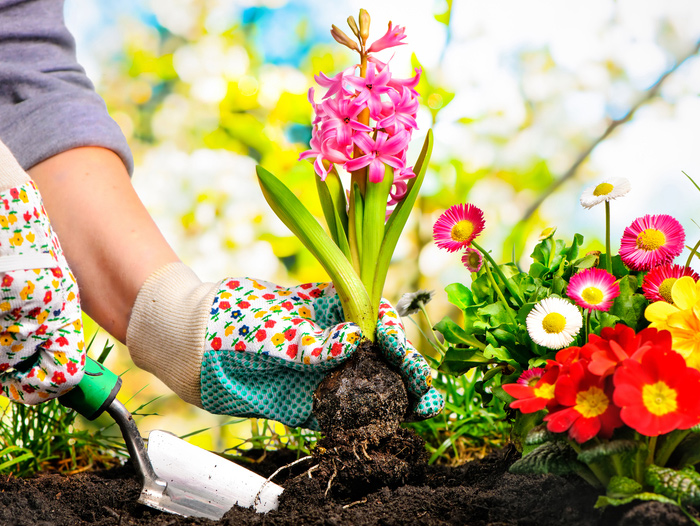National Initiative for Consumer Horticulture Celebrates Kids Garden Month
April 13, 2021 | 2 min to read

School gardens are nothing new. The first recorded school garden program in Europe was in 1811 and the first of the American school gardens was in 1891. Victory gardens in the United States School Garden Army (USSGA) became popular during WWI. The goal was to incorporate an agriculture curriculum into public school education. At that time, the schools grew relief gardens during the Great Depression and they were used to raise the spirits of the local citizens and nourish the students and their families.
During WWII, victory gardens were popular again. The green revolutions of the 1970s and 1990s led to school garden initiatives and the trend continued with Michelle Obama’s ‘Let’s Move Campaign’. Today the USDA National Farm to School Movement is continuing the efforts of educating children about vegetable gardening and both the nutritional and well-being benefits of growing and consuming these foods.
Research compiled by the National Initiative for Consumer Horticulture (NICH) reveals the benefits of plants and gardening on the learning process, including a 10% or more improvement on test scores, an increase in positive feelings, a reduction in misbehavior, and an increase in creativity and a calmer more relaxed mood reported by both teachers and students.
More findings on the learning benefits of plants can be found in the infographic, “#PlantsDoThat Where We Learn,” available for download, reprint, or adaptation at ConsumerHort.org. When posting on social media, please use the hashtag #PlantsDoThat.
The National Initiative for Consumer Horticulture (NICH) is a consortium of industry leaders who are promoting the benefits and value of horticulture. NICH brings together academia, government, industry, and nonprofits to cultivate the growth and development of a healthy world through landscapes, gardens and plants — indoors and out.
To celebrate Kids Gardening Month, we’ve compiled a “Horticulture Hunt” for you to share and engage in! Check it out.
